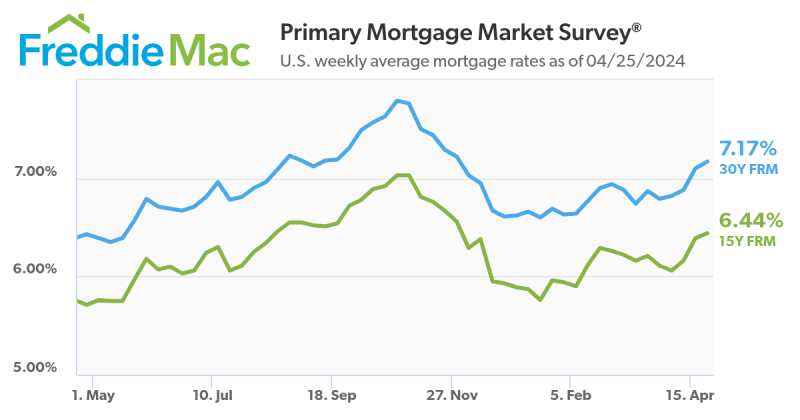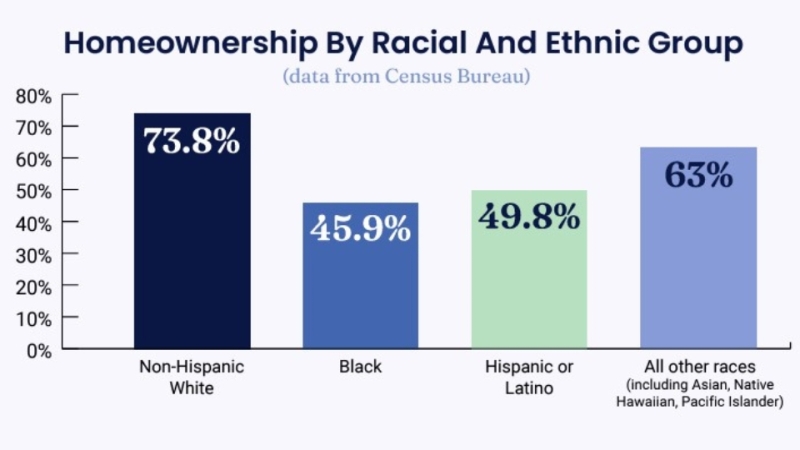Advertisement
Q3 Profits Down for Indie Mortgage Banks

Independent mortgage banks and mortgage subsidiaries of chartered banks saw a net gain of $480 on each originated loan during the third quarter, according to new data from the Mortgage Bankers Association (MBA). This is lower than the $580 per loan level recorded in the second quarter and below the $929 per loan level from the third quarter of 2017.
The MBA also determined that the average production volume decreased to $474 million per company in the third quarter, down from $531 million per company in the second quarter. Volume by count per company averaged 1,948 loans in the third quarter, down from 2,180 loans in the second quarter. However, the MBA also pointed out that the estimated production volume for the mortgage industry in the third quarter was slightly higher from the second quarter.
"These are very challenging times for independent mortgage bankers, with the average pre-tax net production income per loan reaching its lowest level for any third quarter since inception of our report in 2008," said MBA Vice President of Industry Analysis Marina Walsh. "Profitability continues to be hindered by high costs and low productivity. We expect fixed costs to remain elevated and competitive pressures will continue to hamper production revenues in the winter months. Therefore, mortgage banker profitability will likely remain challenged."
Not all of the third quarter data news was negative. The purchase share of total originations, by dollar volume, increased to 82 percent in the third quarter to its highest level since the MBA began tracking this in 2008. For the mortgage industry as a whole, MBA estimated purchase share at 76 percent in the third quarter. Also, the average loan balance for first mortgages reached a study high of $255,539 in the third quarter, up from $255,136 in the second quarter, while the average pull-through rate was 75 percent in the third quarter, up from 72 percent in the second quarter. And total production revenue—which includes fee income, net secondary marking income and warehouse spread—increased to 358 basis points in the third quarter, up from 347 basis points in the second quarter.
"Including all business lines, both production and servicing, 71 percent of the firms in the study posted a pre-tax net financial profit in the third quarter," Walsh said. "Without servicing, that percentage would have dropped to 52 percent."
About the author





